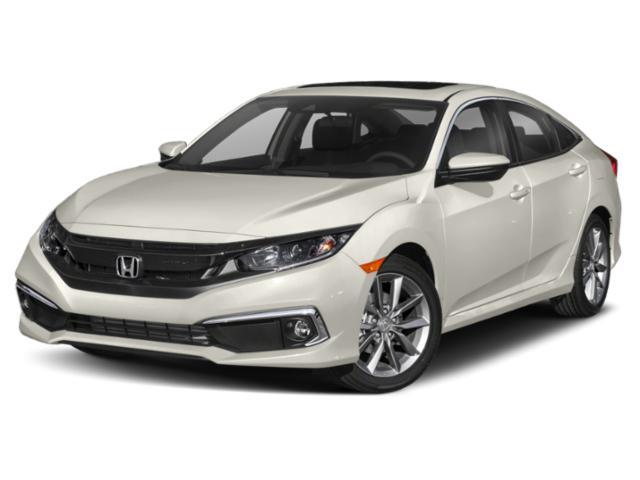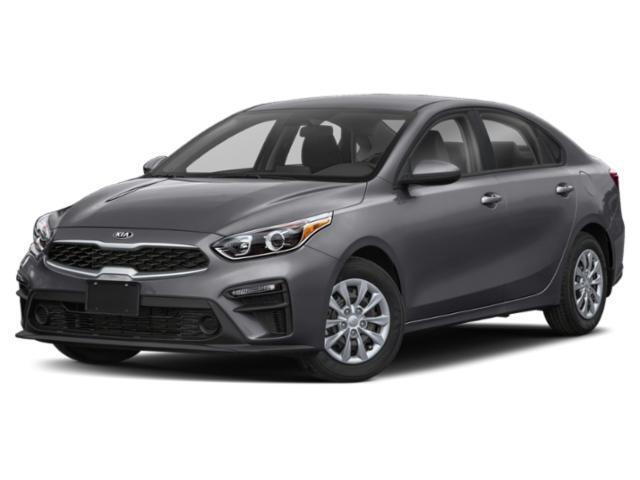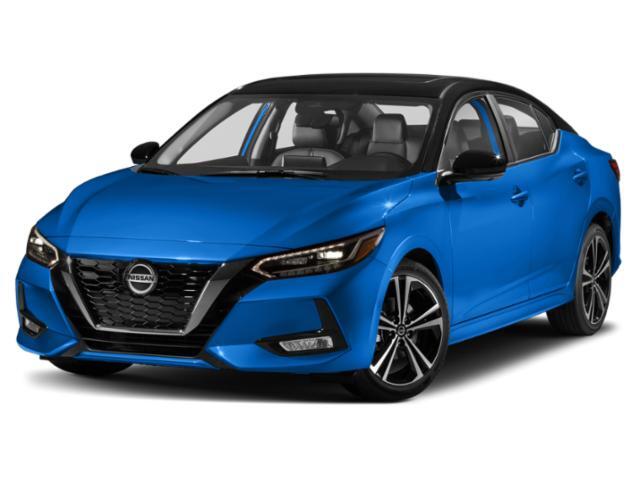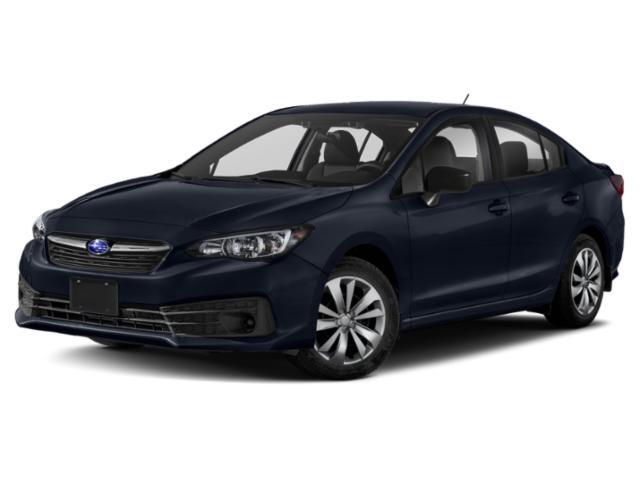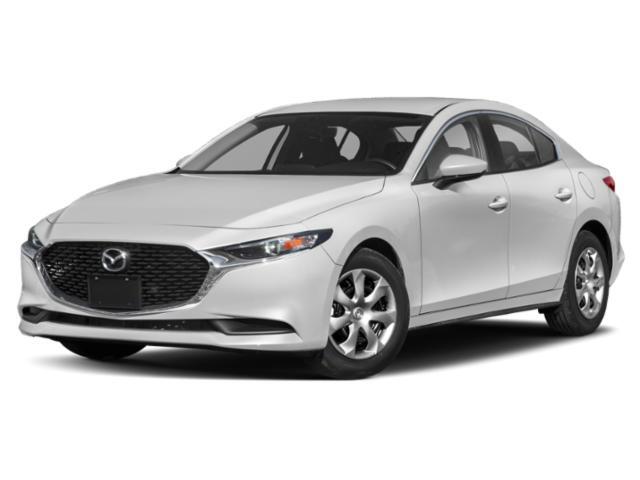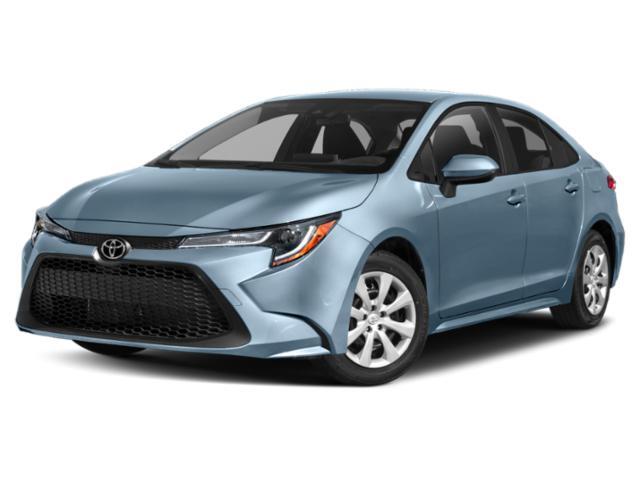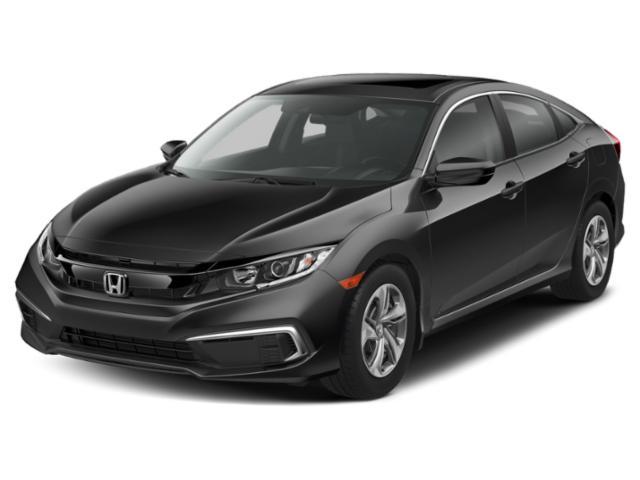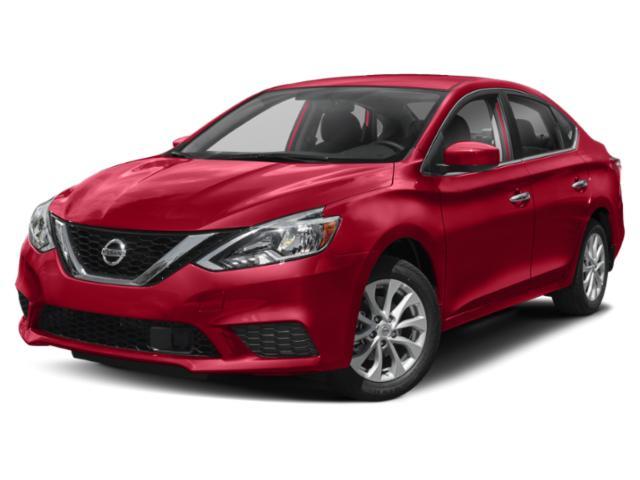
2020 Hyundai Elantra


Key Specifications for 2020 Hyundai Elantra






Buyer’s Guide
History/Overview
Hyundai refreshed its Elantra compact sedan last year as a follow-up 2017’s introduction of the sixth-generation model. The update lent the Elantra some sharp angles and an overall appearance that makes it easy to mistake this economy car for the larger Sonata.
The 2019 refresh saw Hyundai make air conditioning standard across the line, and that’s the case again for 2020.
What's New / Key Changes from Last Year
The 2020 Hyundai Elantra’s only change is an optional continuously variable transmission (CVT, though Hyundai calls its version IVT, for intelligent variable transmission), which replaces last year’s six-speed automatic.
Available Trims
Hyundai offers the Elantra in Essential, Preferred, Luxury, Ultimate and Sport trims. All but Sport share a 2.0L, four-cylinder engine that makes 147 hp and 132 lb-ft of torque. Essential trim comes with a six-speed manual transmission that can be optioned to the automatic.
Elantra Sport uses a 1.6L turbocharged four-cylinder making 201 hp and 195 lb-ft of torque. Its base transmission is a six-speed manual with the option of a seven-speed dual-clutch automatic.
Standard Features
Essential trim comes with 15-inch steel wheels with covers, six-speaker stereo with 5.0-inch touchscreen, heated front seats, intermittent wipers, cloth seats, six-way manual front seat adjustments, air conditioning and heated and power-adjustable side mirrors.
Preferred trim brings the automatic transmission, 16-inch alloy wheels, blind spot warning, rear cross traffic assist, leather-trimmed steering wheel and shifter, heated steering wheel, passive keyless entry, LED daytime running lights and automatic headlights.
Luxury models get 17-inch wheels, forward collision warning and avoidance assist, lane departure warning and lane keeping assist, dual-zone automatic climate control, a hands-free trunk, leather seating, 7.0-inch touchscreen with Android Auto and Apple CarPlay and satellite radio.
Ultimate trim adds forward pedestrian detection, adaptive cruise control, heated rear seats, eight-way power driver’s seat, 4.2-inch LCD gauge cluster display, wireless smartphone charging and LED headlights and taillights.
Finally, Sport augments the Ultimate’s list of features with 18-inch wheels but is largely equipped similarly, minus the Ultimate’s heated rear seats.
Key Options
The only options are the automatic transmission in the Essential model, and a sun and safety package for Preferred trim that adds forward collision warning and avoidance assist, lane departure warning and lane keeping assist, a sunroof and a hands-free trunk.
Fuel Economy
Fuel consumption estimates for the 2020 Elantra are 9.1/6.3 L/100 km (city/highway) with the manual transmission, and 7.8/5.6 for the automatic.
As of this writing, Hyundai hadn’t published consumption figures for the 2020 Elantra Sport, but count on the numbers being similar to those for the 2019 model, at 10.7/7.8 L/100 km (city/highway) with the manual transmission and 8.9/7.0 with the automatic.
Competition
Hyundai Elantra competitors include some serious compact class heavyweights like the Honda Civic and Toyota Corolla. The latter is notable for a 2020 redesign based on a new platform that makes the utilitarian Corolla a more interesting drive. The stylish Mazda3 was new for 2019 but remains one of the smaller cars in this class; the Volkswagen Jetta was also new last year with an upscale feel. Other competitors are the Nissan Sentra and Chevrolet Cruze.
Review & Compare:
Photos

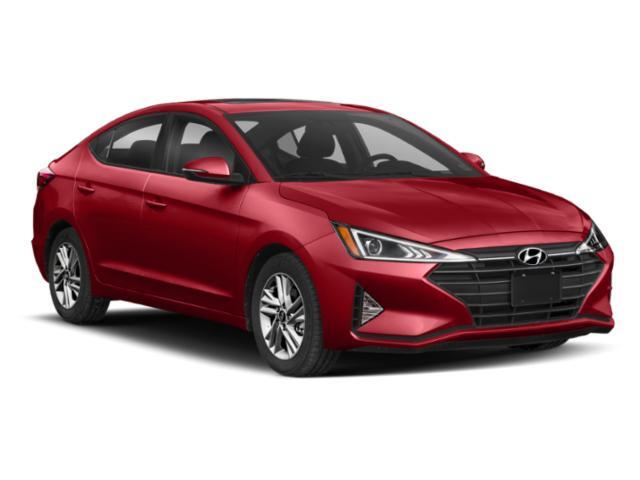
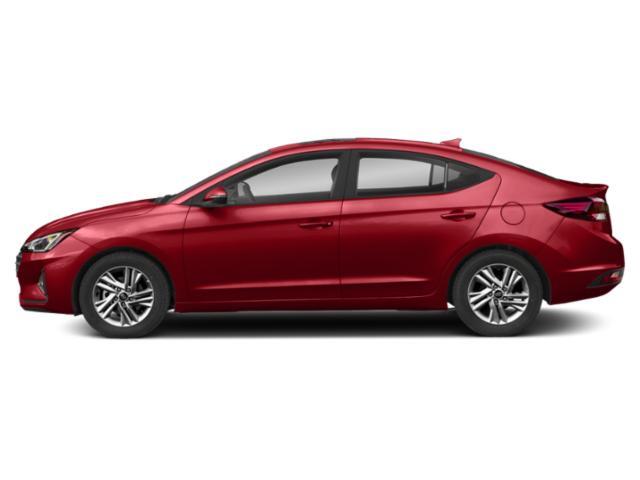
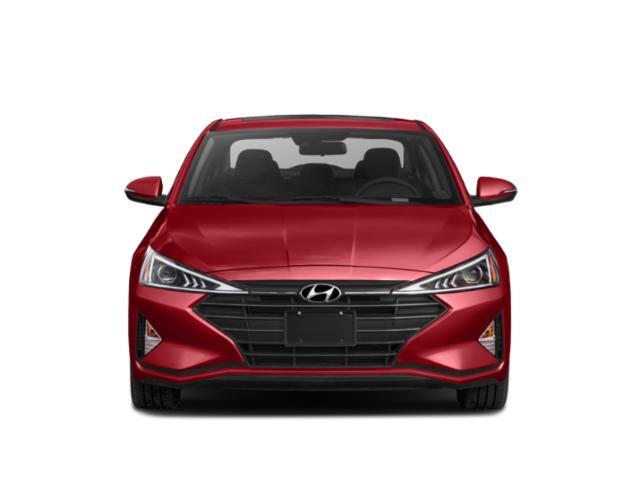
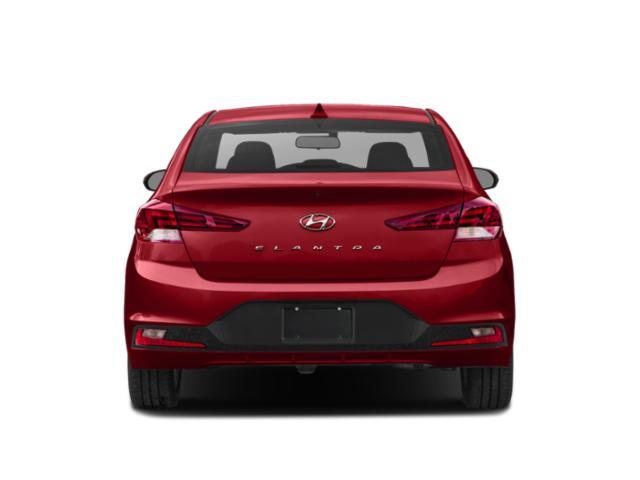

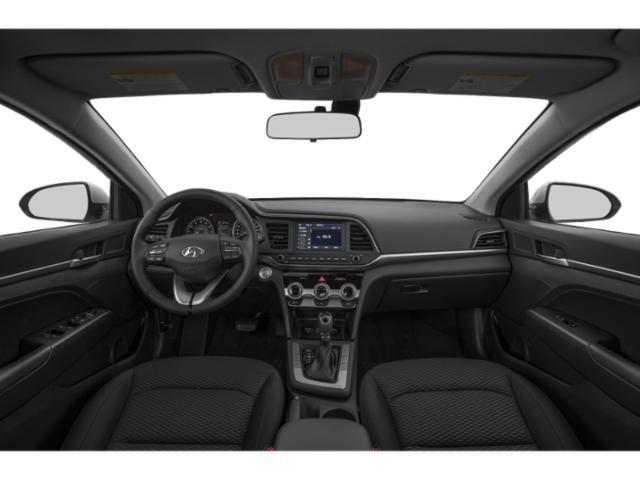

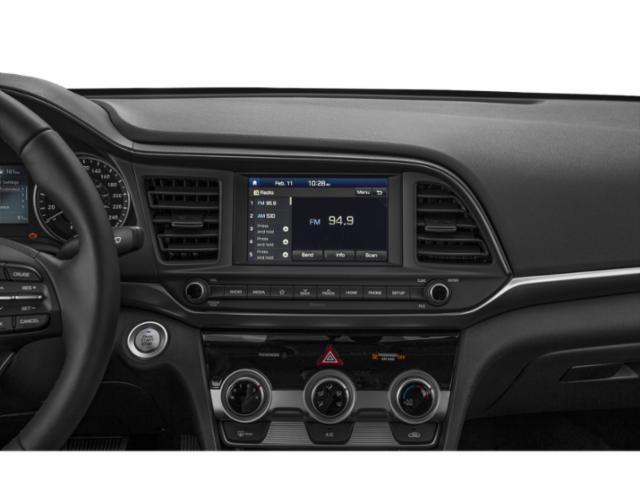
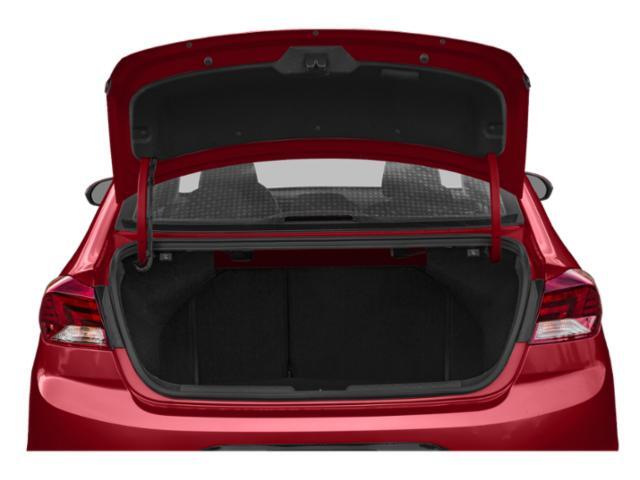

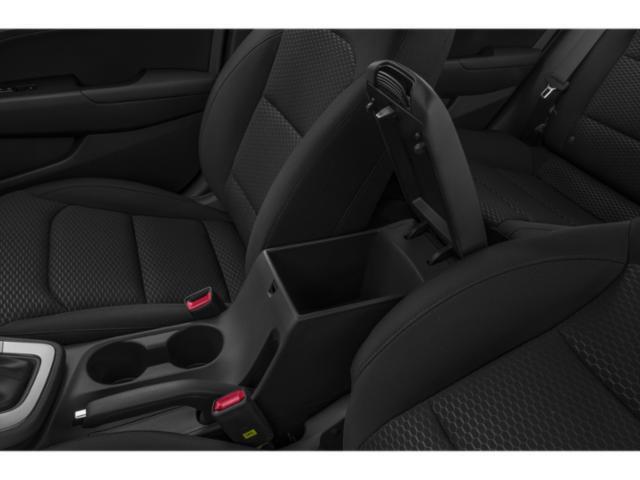
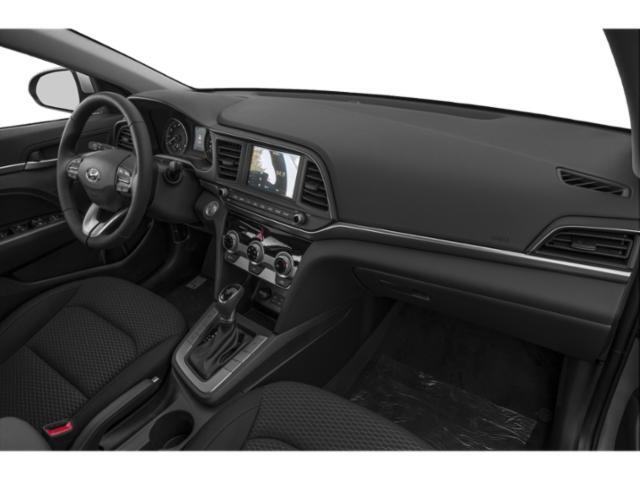
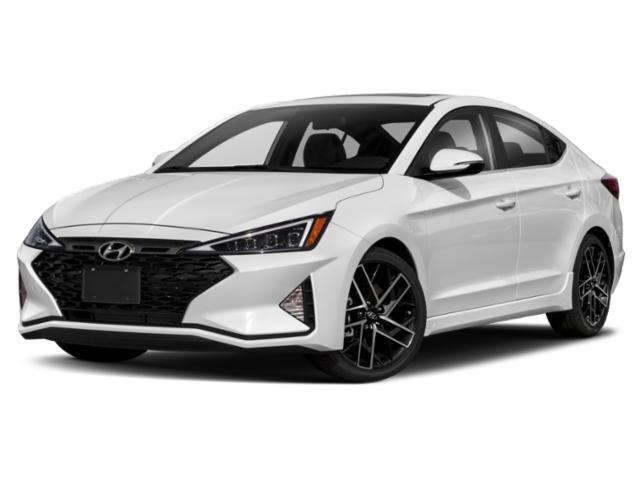
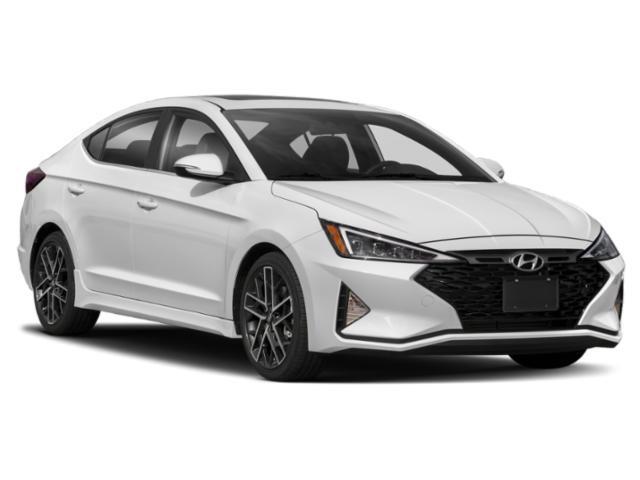


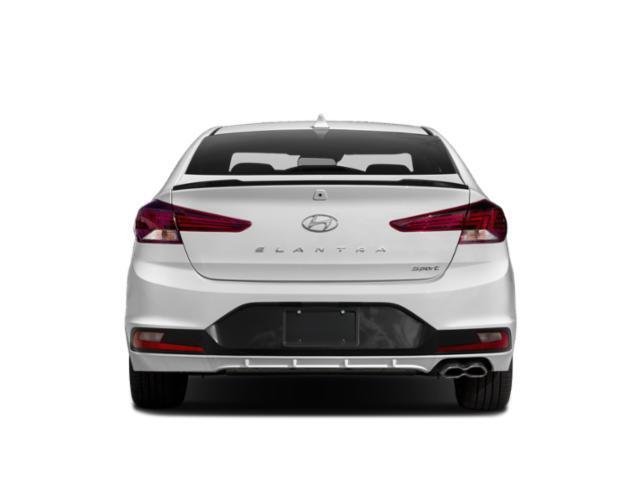
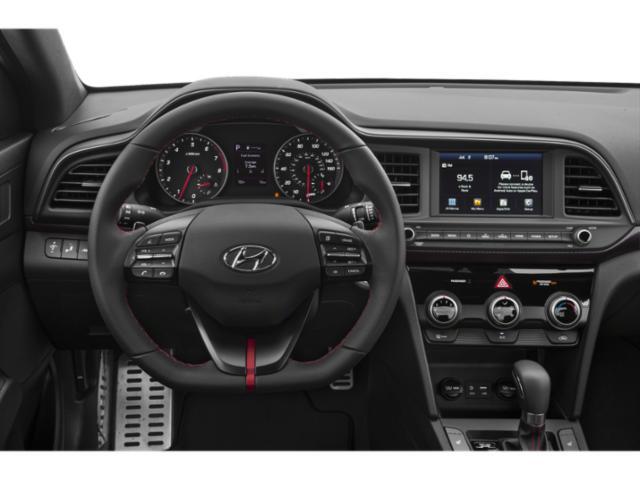
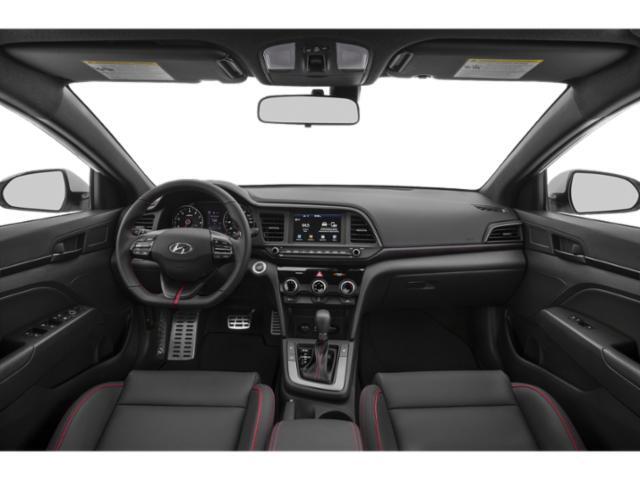

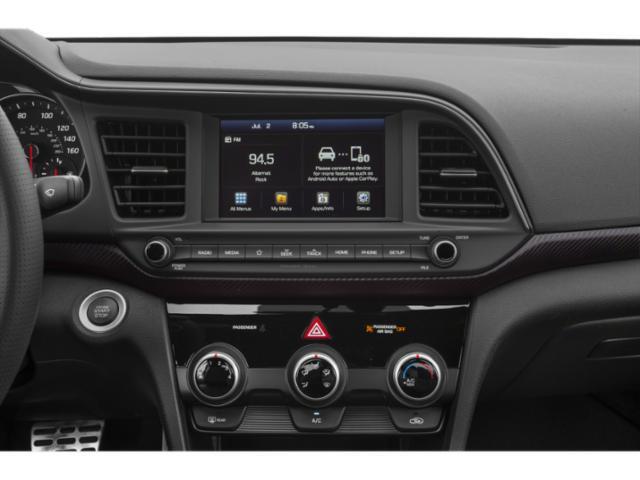
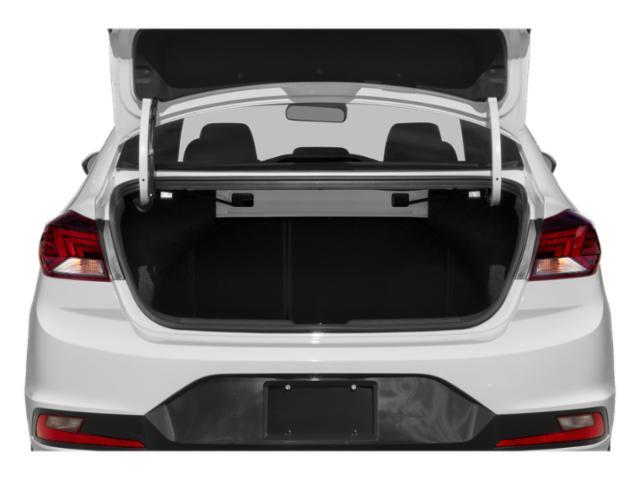


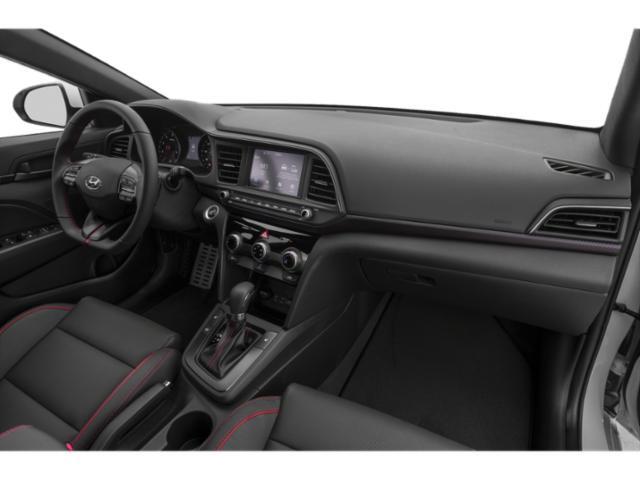
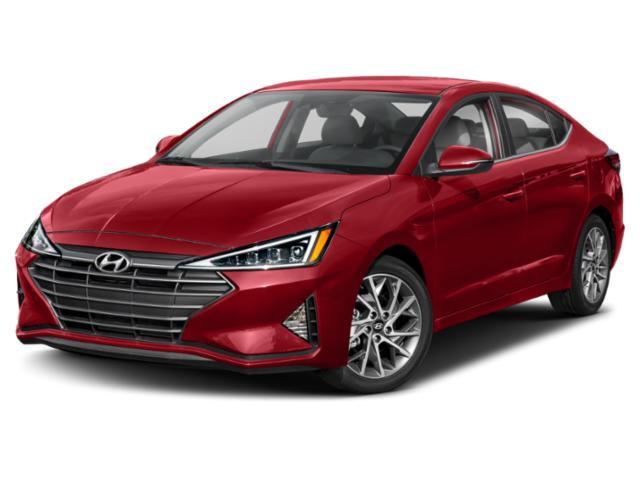
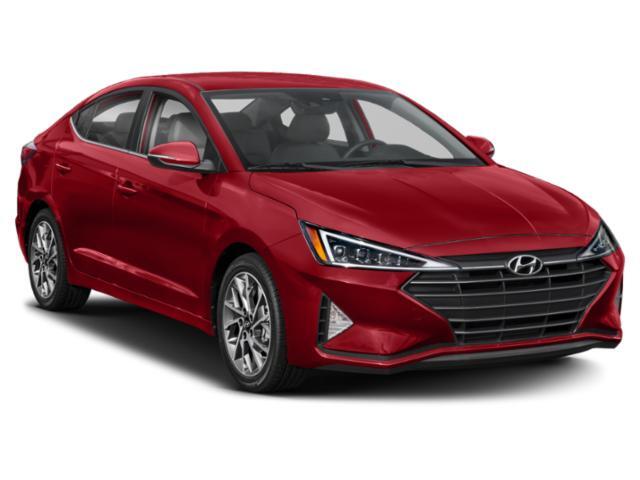
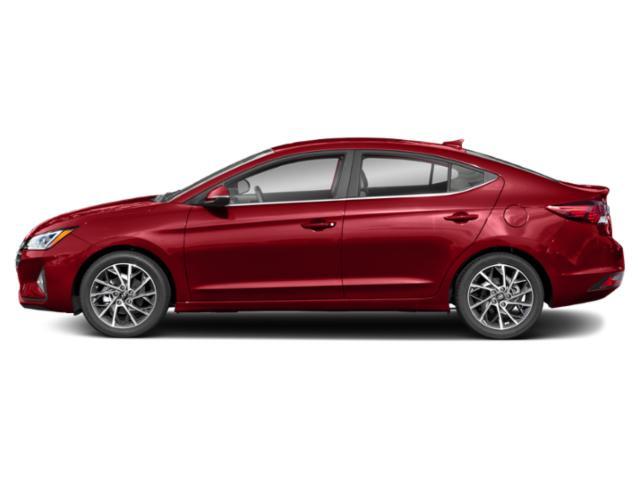
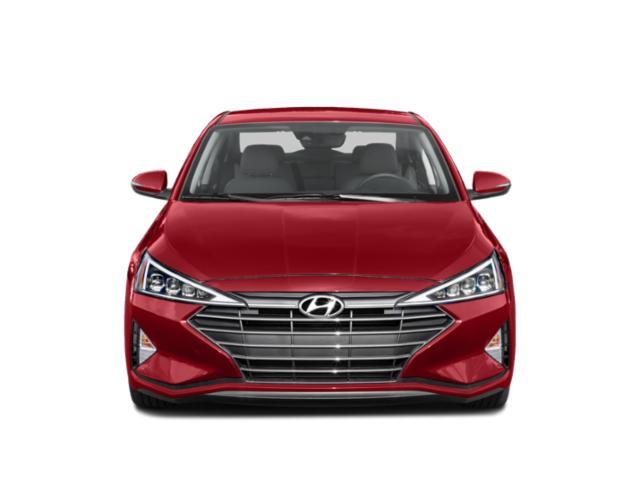
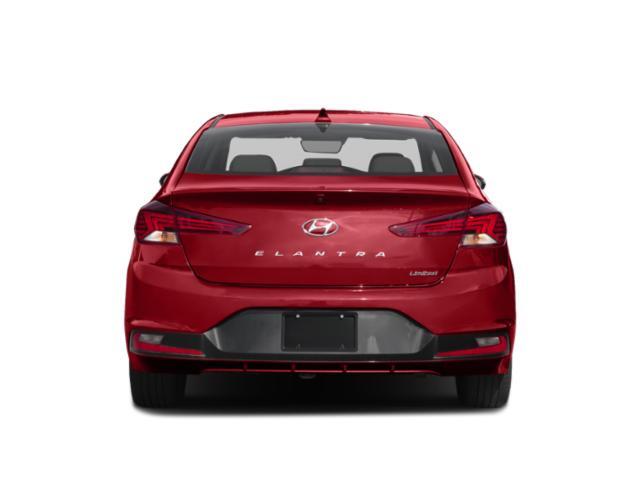
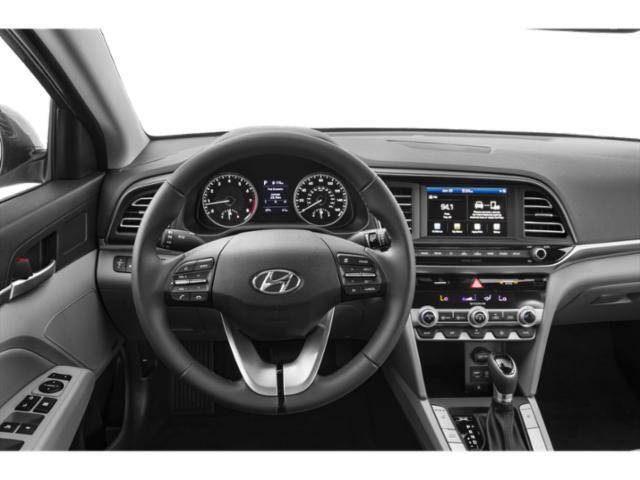
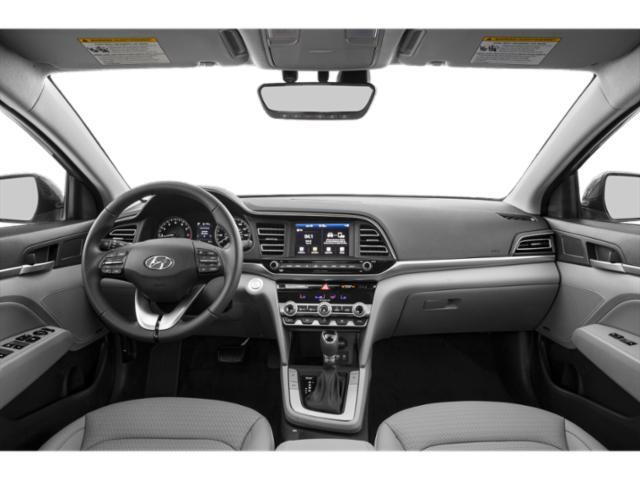

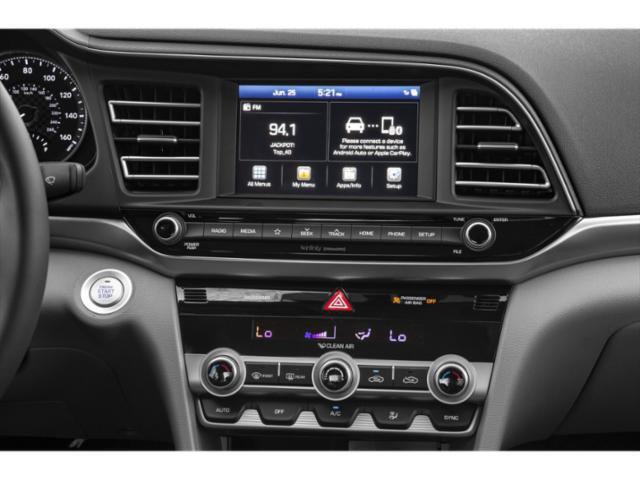
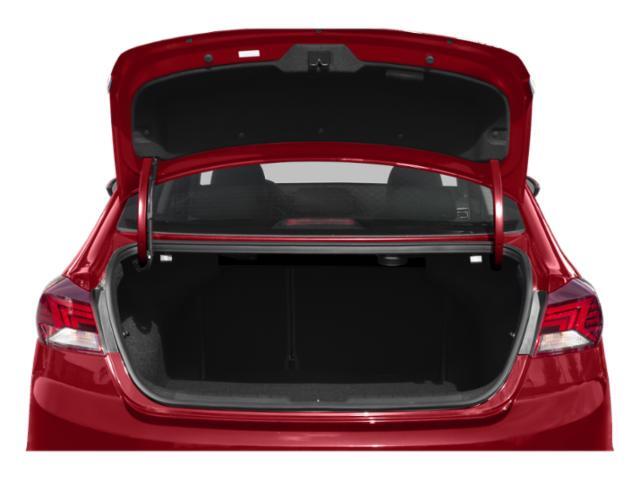
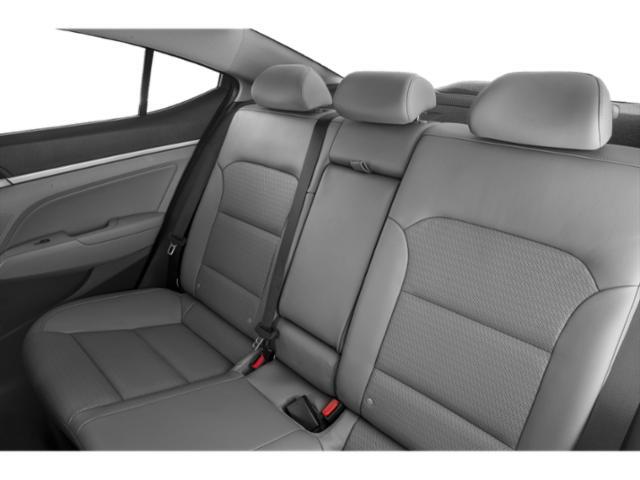









































AutoTrader Review















